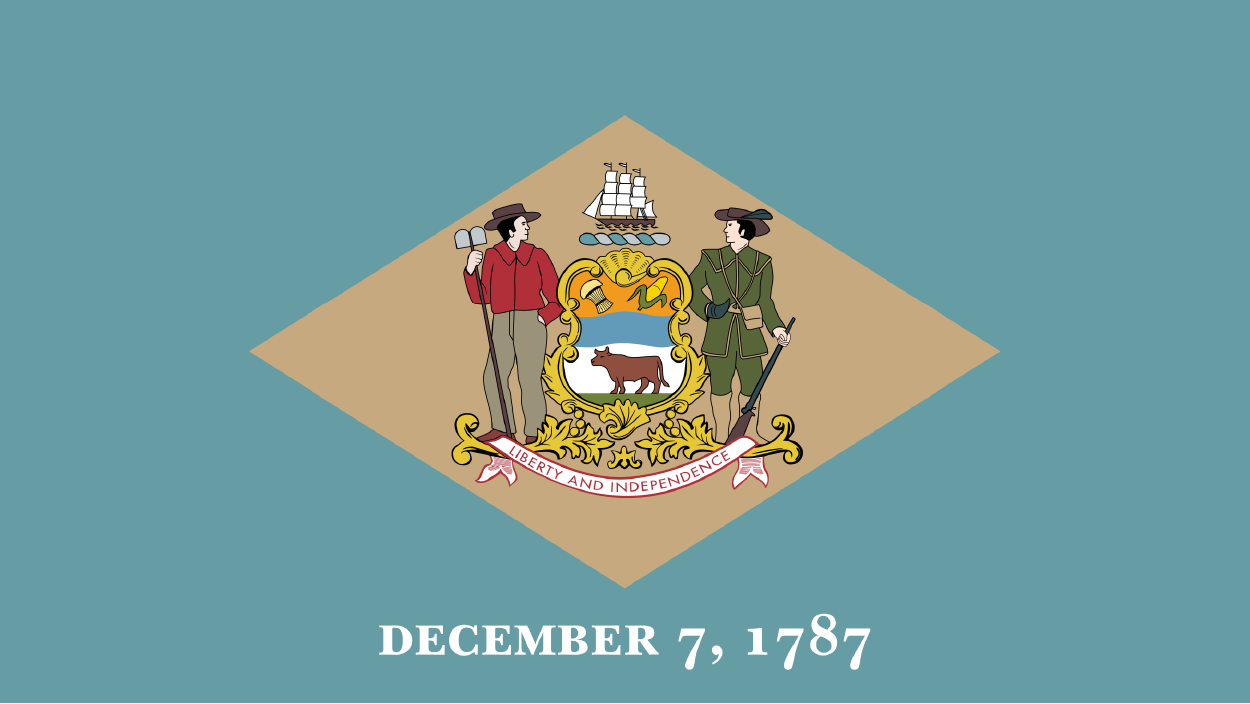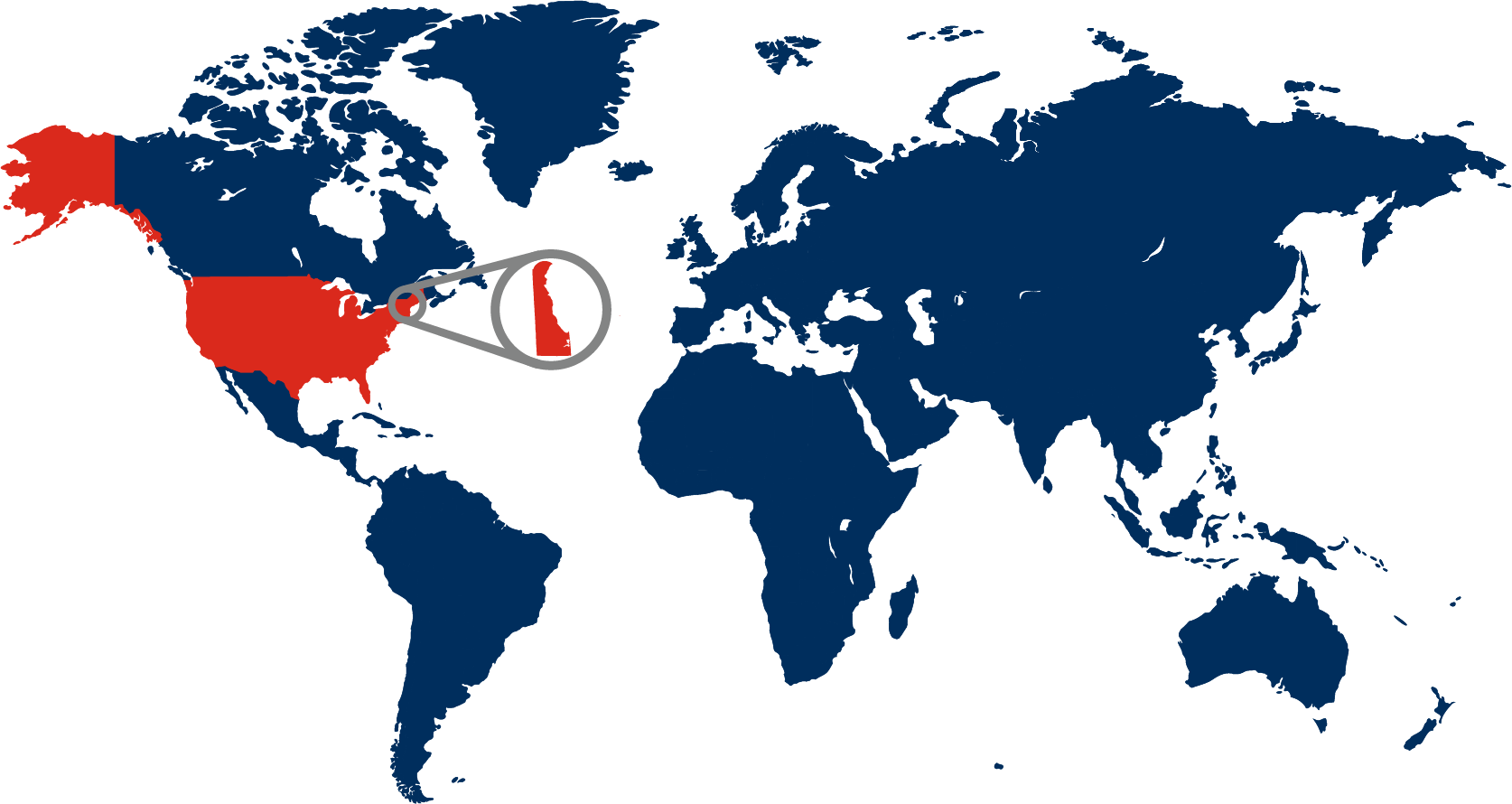Delaware Travelogue
Articles
Travelogues
View more from News & Articles or Primerus Weekly

By Tom Kirvan
Delaware is renowned for being the “First State” because it was the first of the original 13 colonies to ratify the U.S. Constitution on December 7, 1787.
With a population just over 1 million people, Delaware ranks as the sixth smallest state in the U.S. in terms of population. The state is characterized by a blend of cultures, with significant African American, Hispanic, and Asian populations, particularly in the more urbanized areas of New Castle County. The majority of Delawareans live in the northern part of the state, close to the cities of Wilmington and Dover, while the southern part is more rural and agricultural.
Delaware covers an area of just 1,949 square miles, making it the second smallest state by land area, slightly ahead of Rhode Island. Despite its size, the state boasts a varied geography that includes sandy beaches, rolling hills, and fertile farmland. The state is divided into just three counties: New Castle, Kent, and Sussex. The northern region, particularly around Wilmington, is more industrialized and hilly, while central Delaware features flat, agricultural land, and the southern part is known for its beautiful beaches along the Atlantic coast. The Delaware River forms the state’s eastern boundary, providing vital access to the Atlantic Ocean.
Delaware has a rich history, deeply rooted in its colonial past, with settlements dating back to the early 17th century when Dutch, Swedish, and English settlers first arrived. Wilmington, the state’s largest city, was originally founded as a Swedish settlement. During the American Revolution, Delaware played a crucial role, and its central location made it a key state in the Union during the Civil War. The state's history is also marked by its early industrialization, particularly in the milling and chemical industries.
Delaware has a strong and diverse economy, with key sectors including finance, healthcare, agriculture, and manufacturing. Over the years, the state has been called the chemical capital, the corporate capital, and the credit card capital. The state is particularly well-known for its business-friendly legal and tax environment, which has attracted numerous corporations to incorporate in Delaware. Approximately half of all publicly traded companies in the United States and more than 60 percent of the Fortune 500 companies are incorporated in Delaware, thanks to its favorable corporate laws. The state's agricultural sector remains significant, with poultry, soybeans, and corn being major products. Tourism, particularly along the Delaware coast, also contributes to the state's economy.


Capital: Dover
Population: 1.1 million
Largest University: University of Delaware, 23,000 students
Highest Elevation: 448 feet
Border States: New Jersey, Pennsylvania, and Maryland
Primerus Member: McCollom D'Emilio Smith Uebler LLC
McCollom D’Emilio Smith Uebler LLC is located in New Castle County, and focuses its practice on estate planning, business transactions, and litigation.
Dover, the capital of Delaware, is in the central part of the state and serves as the political and administrative heart of Delaware. Dover is known for its historic downtown area, government buildings, and cultural institutions, such as the Biggs Museum of American Art. Wilmington is situated in the northern part of the state along the Delaware River and is a lively city with a diverse economy, cultural attractions, and a rich history, making it the commercial and cultural hub of the state.
Top 5 Must-See Tourist Destinations